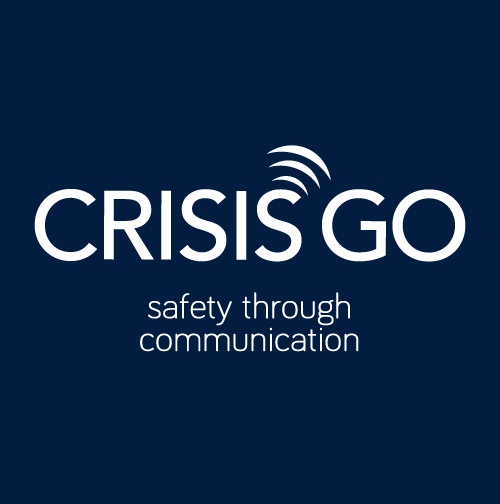Most school administrators agree that safety awareness is paramount to providing a secure and nurturing learning environment for students. But what does "safety awareness" actually mean? It's more than an informative poster on the wall or an annual training session on state safety requirements—it's an everyday mindset that can prepare your school community for a variety of threats, from physical to cyber to mental.
Here are three keys to developing a safety mindset that will help protect all your people:
- Pay attention to faint signals
Many people today are so busy that they go about their day on autopilot or glued to their cell phone screen, rarely taking the time to look around and process their surroundings. When they see something that seems a little off, like someone they don't recognize loitering around the school or the faint smell of gas in the air, they unconsciously dismiss it as unimportant. In reality, they are ignoring a giant red flag that something doesn't belong—and could be dangerous.
- Don't normalize danger
One of the greatest threats to people's safety is when something unexpected happens, and instead of seriously and thoughtfully responding to it, they normalize it. Before the Challenger space shuttle tragically exploded in 1986, there had been warning signs that the O-Ring seals could fail in cold temperatures, as booster rocket engineer Roger Boisjoly told NPR. These deviations from what the engineers expected were ignored, and over time, they became the new normal. The launch continued as planned to disastrous results.
- Seek out bad news
You know the old adage that "no news is good news"? When it comes to safety awareness, nothing could be further from the truth. No news is frequently bad news, because it means you're not listening hard enough. Stories about the devastating California wildfires in 2018 have captured the nation’s attention, causing the government and public alike to rethink current safety protocols. Instead of ignoring difficult facts about what causes and worsens wildfires, experts with a safety mindset are encouraging people to look more closely at what can be learned and improved upon, such as fighting fire with fire. Controlled burns and revising fire-suppression policies are a natural way to clear dry and overgrown portions of forest in order to prevent and mitigate the damage of future wildfires, according to the New York Times.
Leaders who embrace a safety mindset may also find it useful to encourage their people to report errors or potential danger that could save time, money, and even lives down the line. Karen Frush, chief patient safety officer at Duke University Health System, recalls in this piece by Scientific American how she made a nearly fatal mistake early in her career, mixing up two bottles of drugs that looked alike. If she had not admitted her mistake quickly, and if her supervisors had not been helpful and understanding, Frush would not be where she is today, improving the lives of thousands of patients.
When you adopt an everyday safety mindset—and encourage every member of your community to do the same—you make your school a safer place. Learn more about how CrisisGo's comprehensive safety platform can help you grow safety awareness at your school.












No Comments Yet
Let us know what you think